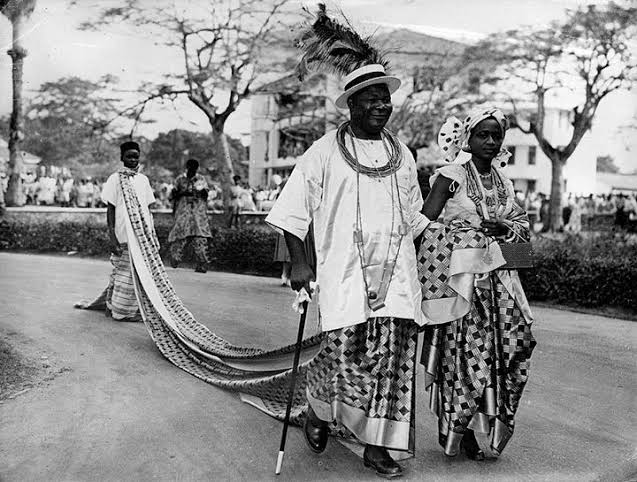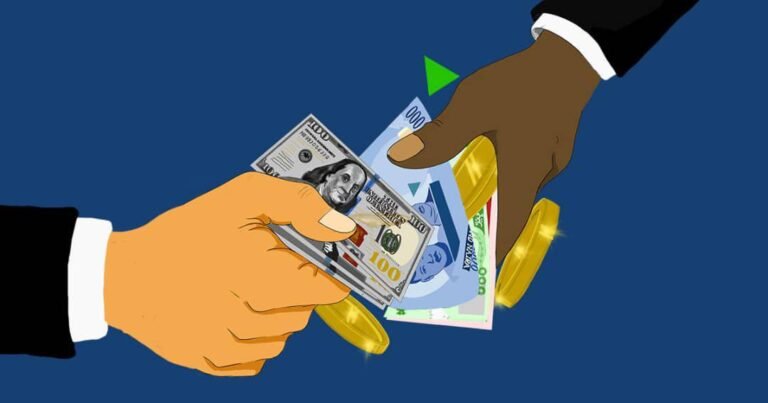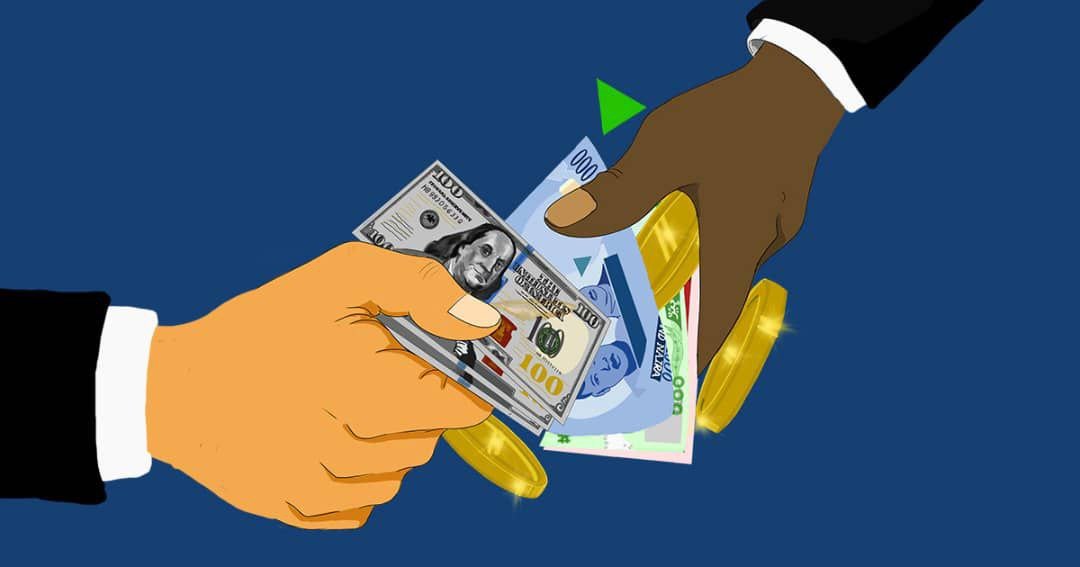The first half of 2025 saw significant appreciation for several African currencies against the US dollar, with Ghana’s cedi topping the list by gaining over 30%. The analysis of ten major African currencies from January to June 2025 reveals economic reforms, commodity exports, and monetary policies as key drivers of performance.
The Ghanaian Cedi (GHS) emerged as the continent’s strongest against the US dollar. Data from the African Development Bank and the IMF show that the GHS appreciated by 30.07%, supported by IMF-backed reforms, falling inflation (down from 53.6% in 2022 to 25.8%), and stable gold exports.
Investor confidence in Ghana surged as debt restructuring, fiscal discipline, and growing foreign direct investment reinforced the cedi’s value. With GDP growth forecast at 3.3% and rising commodity prices, especially gold prices, the currency is likely to remain strong unless disrupted by global or political risks.
Nigeria’s Naira (NGN) remained largely stable, appreciating slightly by 0.4% to 1,529.57 NGN/USD by June 2025. This stability came despite falling oil prices, with support from CBN’s Bmatch system and ongoing FX market interventions helping support the naira.
However, the outlook for the NGN is cautious, with low reserves and continued oil price volatility potentially pushing the rate to 1600 NGN/USD by year-end. The IMF pegs Nigeria’s 2025 GDP growth at 3.4%, driven by non-oil sectors like agriculture and services.
The Kenyan Shilling (KES) was nearly unchanged at 129.26 KES/USD, reflecting economic resilience and effective policy management. A diversified economy, strong remittances, and a tight monetary policy that held inflation at 5.1% underpinned the currency’s stability.
Forecasts suggest the KES could appreciate slightly if commodity exports perform well, with 2025 GDP growth projected at 5.6%.
South Africa’s Rand (ZAR) appreciated 2.94% to 17.85 ZAR/USD, mirroring a similar gain in the Namibian Dollar (NAD) due to their 1:1 peg. Strong gold and platinum exports and attractive interest rates supported the rand.
However, power outages and logistical challenges constrained economic growth, keeping 2025 GDP forecasts low at 1.3%. The ZAR is expected to average 18.82 ZAR/USD for the year amid ongoing geopolitical and structural issues.
The Libyan Dinar (LYD) depreciated by 11.61%, the worst performance among the surveyed currencies, falling to 5.48 LYD/USD. Political instability, a divided central bank, erratic oil production, and soaring inflation continue to weaken Libya’s economic fundamentals.
With GDP growth contingent on peace and oil restoration, the LYD remains under pressure in the near term. International institutions project a modest 1.8% GDP increase in 2025, but reserve depletion and uncertainty cloud the outlook.
Tunisia’s Dinar (TND) appreciated 6.29% to 2.99 TND/USD, boosted by stable governance, IMF support, and a tourism-driven current account surplus. Inflation was managed at 7.5%, and a steady flow of remittances provided FX buffers.
GDP growth is expected at 2.2% this year, supported by tourism and phosphate exports. The TND outlook remains stable with prospects for further gains if reforms continue.
The Moroccan Dirham (MAD) strengthened by 8.60% to 9.24 MAD/USD, helped by its currency peg, robust exports, and rising tourism inflows. Inflation was well-contained at 3.5%, supporting investor confidence.
Morocco’s GDP is forecast to grow by 3.4% in 2025, with continued infrastructure and FDI inflows reinforcing MAD stability. Its basket peg system acts as an effective anchor during global currency turbulence.
Botswana’s Pula (BWP) rose 2.62% to 13.41 BWP/USD, aided by strong diamond exports, sound fiscal policy, and low inflation (2.5%). A current account surplus further helped maintain currency value.
With the IMF forecasting 4.2% GDP growth for 2025, the pula is likely to remain resilient, particularly if commodity prices hold firm. Botswana’s economic diversification efforts also add a cushion against external shocks.
Zimbabwe’s new gold-backed currency, the Zimbabwean Gold (ZWG), experienced a modest 2.2% official depreciation to 26.95 ZWG/USD. Introduced in April 2024 to replace the ZWL, the ZiG faces credibility issues, volatile unofficial market rates, and limited international acceptance.
High inflation at 14.6% and severe droughts have added pressure, despite a projected 3.5% GDP rise in 2025. Currency instability and weak reserves remain the biggest threats to ZWG’s sustainability.
In summary, 7 of the 10 African currencies appreciated against the US dollar in H1 2025, with Ghana’s cedi leading gains. Libya and Zimbabwe were the only countries to post depreciation due to political and economic instability.
As commodity prices, inflation trends, and policy decisions shape currency movements in H2 2025, African economies must brace for global shocks. Stable currencies with diversified export bases and sound policy frameworks are expected to weather the storm better than those reliant on volatile sectors or struggling with internal crises.























